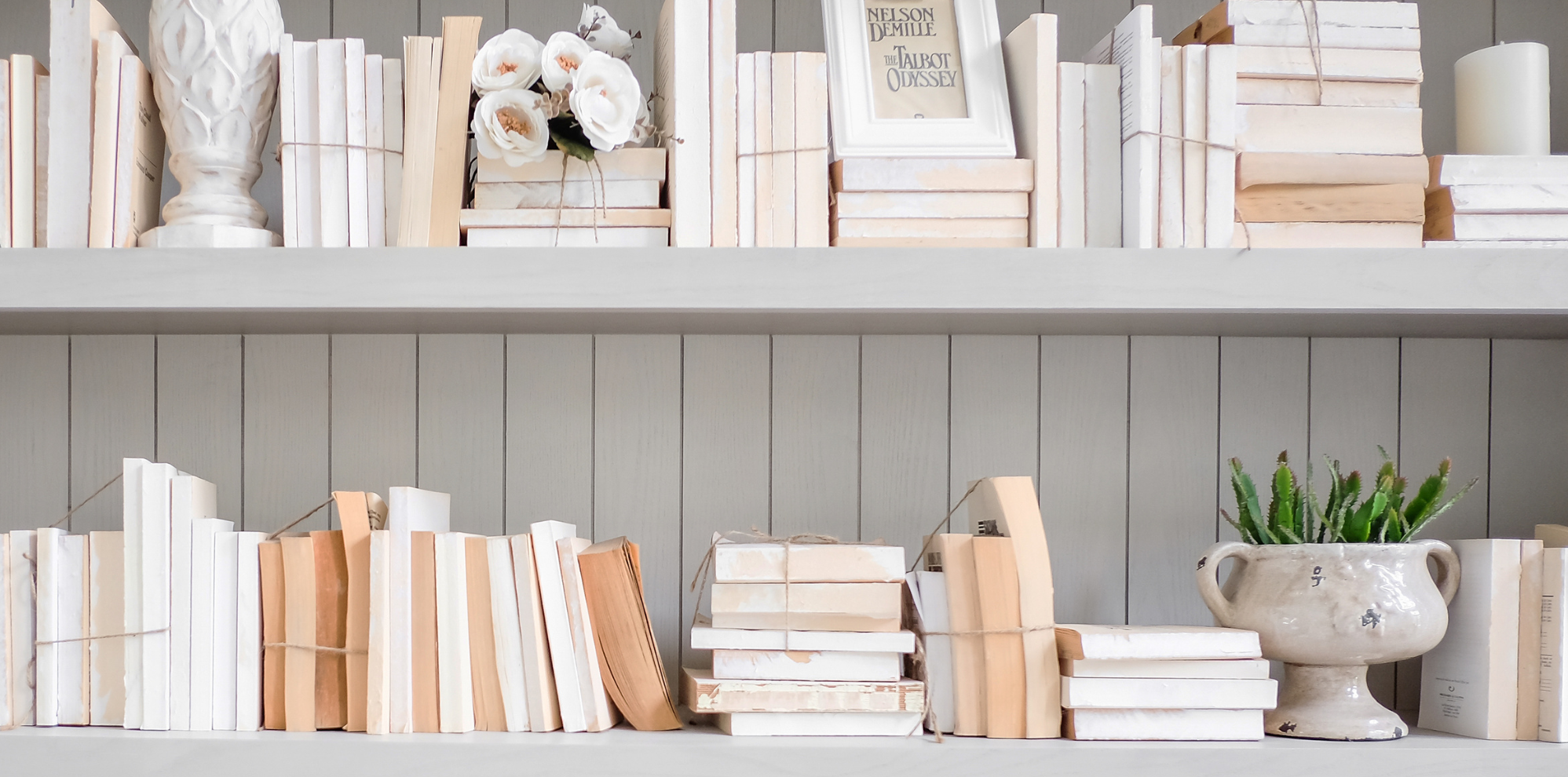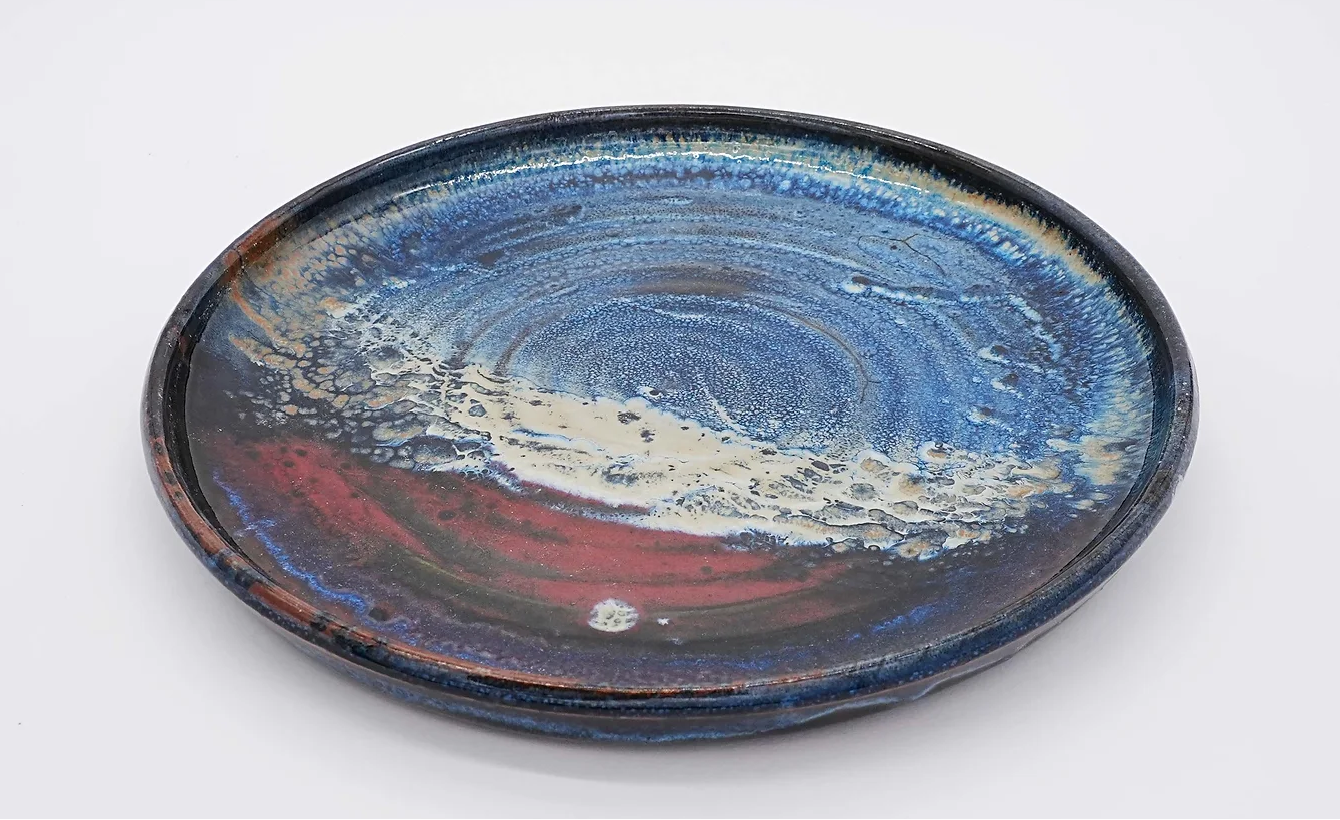Nature: a source of inspiration and subject for artistic interpretation

Summary
1. The dialogue between nature and clay
2. Nature inspiration: textures, shapes and patterns used in ceramics
4. Stories and narration within a work
You gave me your mud and I turned it to gold…
Charles Baudelaire
Nature – its raw materials, its shapes, its colours and its textures – is an infinite source of inspiration to a ceramicist. The connection between potters and their environment is an essential foundation of their creativity.
When the municipality of Séné asked Matthieu to make ridge tiles, it did so with a particular request: to use, as much as possible, the resources that the Gulf of Morbihan offers. To meet this requirement, Matthieu decided to make his own clay. A third of this clay was composed of sediment from the port of Vannes, to which he added a second third of powdered oyster shells. He completed the mixture with a third part of stoneware clay to give it more plasticity.
Numerous tests were needed to understand this new clay – which fired at 1170°. This creative time was accompanied by deep reflection: Matthieu’s task was to illustrate the intimate connection between art, clay and nature. But the interaction between natural elements and ceramics is not limited to the raw materials; it is reflected in the shapes, textures, and colours we choose. By sharing this experience, Matthieu wishes to explore how natural elements can enrich our creations, establishing a harmonious dialogue between man and nature.

The dialogue between nature and stoneware: How can clay, once transformed, reflect nature itself?
Pottery suppliers sell clay bodies which are made from reconstituted clay, or clay from natural deposits. The latter are easily recognized in a studio because they smell of undergrowth. Matthieu works mainly with clay from natural deposits which comes from the decomposition of igneous and metamorphic rocks over millions of years. The clay Matthieu uses is the result of a long natural process. Sitting at the wheel, facing this humble material, the potter enters a dialogue with the geological forces of our planet.
Then, when the clay is fired at high temperature, it undergoes a metamorphosis. This transformation, which is both chemical and structural, follows the same natural processes shaping mountains, creating crystals deep within the Earth, or forming oyster pearls. It is an echo of these natural wonders. The patterns, textures, and shapes created with clay and glaze often recall natural forms: the course of a river, the foam of the sea on the rocks, the bark of a tree . . . At each stage, the potter is at the heart of nature, which explains why respecting nature features so prominently in our craft. Finally, if stoneware particularly illustrates both the solidity and the resistance of nature, it also exhibits the same ephemerality. The nuances of glaze, the fine cracks appearing after firing, or even wear and tear over time, all evoke the cycle of life, from birth to decomposition. Even in its robustness, stoneware embodies the fragility and beauty of existence.
Nature inspiration: the textures, shapes and patterns used in ceramics
Each part of our natural environment is a work of art, offering endless textures and patterns to be transformed into ceramics. Whether walking in the forest, by the water, or in the countryside, the potter wonders what he could use in his work. Last year, a student, Julie Slama, used charred oyster shells in her glaze. The research was not so much about reproducing nature as about receiving what nature offered, to give it new meaning.
Techniques for recreating natural textures or shapes
Tree bark: tree bark, gently pressed into a soft clay, can make a realistic and unique imprint. You can also recreate the grooves and patterns of bark with modelling tools, for a more artistic interpretation.
Waves: Rollers or slats with wavy edges can be used to simulate smooth waves. For a more dynamic result, choose to model the clay, creating crests and hollows, evoking the foam and movement of the sea. We also see many potters applying slip to a freshly thrown pot. As the slip slides down, it imitates the movement of waves. The choice of glaze, its texture and colour, will complete the desired effect.
Rock formatiions: Pressing stones or rock fragments into clay creates a texture reminiscent of natural rock. One can incorporate other elements (such as sand or small pebbles) to give a rougher texture. As for the glaze, it alone can evoke rock formations. This is the whole point of making your own glazes: you can give voice to your inspirations.

Patterns inspired by plants, animals, and the elements
Plants: You can imprint real leaves or flowers on soft clay or use them as stencils when applying glazes. You can also use tools to sculpt floral designs in stylized, artistic and personal representations of floral forms.
Animals: If animal prints are available (a mould of a footprint), they can be pressed into clay to provide decorative patterns. Some glazes are so close to animal skin that they are called fish scale, snake skin, partridge feather or hare fur. As for red copper glazes, the deepest reds are called “oxblood red”.

The elements: Fire, air, and water. By playing with chemical reactions in glazes and firing techniques, we can evoke flames and the energy of fire. In addition to wave patterns, glaze drips or layers can evoke water’s fluidity and transparency. A simple iron blue can suggest either the transparency of water or the clarity of the sky. Blowing techniques – adding air bubbles – can suggest air movement or the lightness of clouds.
Clay as a material provides a blank canvas on which potters can express their vision of nature. By mastering techniques and exploring patterns, they can capture the magic of nature.
Combining pottery and wood
Bamboo and wood can be used to make handles, particularly for teapots. Unworked branches can be integrated into sculptures or used as a support to hang chimes for example. Ceramic birds can be placed on a branch… There are countless creative ideas incorporating pieces of wood, whether figurative, utilitarian, or fanciful.
Mosaic
In a previous article, we talked about mosaic made from broken pieces. Nature can also be a powerful source of inspiration. To begin this type of activity, I recommend a very well-written book, Mosaics of a Naturalist:

Colours in nature
Nature is an inexhaustible treasure trove of tints, shades and colours that can be reproduced and interpreted in glazes. High temperature stoneware allows you to explore this chromatic richness. The key lies in mastering glazes and firing techniques to capture the essence of these natural hues.
Use of glazesto evoke natural shades:
- All shades of green, from celadon to moss and almond green:
Depending on the firing atmosphere, glazes based on chromium or copper, allow colours from light moss greens to the dark greens of the deep forest. Subtle differences can be created using iron oxide on a glaze such as Tenmoku, for example. . Ocean blue or sky blue:
Cobalt-based glazes: cobalt oxide or cobalt carbonate is the preferred ingredient to obtain vivid blues. Cobalt mixed with oxides such as chromium, iron or manganese will give a wide range of blues, from sky blue to a deep ocean blue. A blue glaze superimposed on an iron glaze can represent waves on rocks. In a reduced atmosphere (in a gas kiln) you can recreate a cloudless sky with a small quantity of iron oxide.

Earth and autumn tones: Iron-based glazes can produce a range of earthy browns, from soft to intense rusty brown. The quantity of iron and the firing conditions will influence the result. Adding manganese or rutile will enrich the palette of browns, bringing golden nuances or darker hues.

- Glaze layering techniques to obtain subtle gradients and nuances. The first layer is applied using, for example, a Tenmoku glaze. Before this first layer is too dry, apply another layer, using the spray gun method which will not flood the piece with excess water. You can use additional glazes to literally draw or play with the effects obtained during firing. In addition to the glaze gun, you can draw with a brush or use a stamping, or printing, technique.
4. Stories and narration within the work
Through his work, the potter expresses himself or herself, using clay as a language. A piece of pottery can tell a story, the potter can evoke emotions, recall memories, and inspire reflection. We have previously seen how working with local clay can lead to such reflections. A narrative adds additional meaning, inviting the viewer to explore and interpret further. To do this, the ceramicist can use coiling, glazes, symbols and motifs to address a specific theme; the texture, the relief, the colours will provoke sensations, arouse emotions. A large dish, with layers of glaze that show up as brown overlayed by different shades of green, can represent the luxuriant fauna and flora of a marsh. The work tells of the richness of life in wetlands, calling to mind their important place in our ecosystem.

A series of four plates, each representing a season, uses colours and patterns to evoke the feelings of each, telling the story of nature’s annual cycle. An important piece with red, orange, and black glazes can suggest a volcanic eruption. The work chronicles the destructive power and beauty of nature, and the regeneration that often follows such cataclysmic events.

Tips for potters: seek inspiration, read, observe, immerse yourself in nature and the stories that touch you. Sketch out your ideas, draw or write to clarify your vision. Try different techniques and approaches until your piece tells the story you want. Alice Urien, who works at Créamik as a course assistant, is in awe of nature and shares with us some of her recent photos taken during her visit to the Lizio insectarium:



https://www.facebook.com/atelierterreprecieuse
Telling a story through ceramics is an exciting challenge. It is an invitation to think, to feel and to connect with both the artist and nature itself. When done well, the result is a work that resonates long after the viewer has seen it.
5. Exceptional artists
Jean Girel and Daniel de Montmollin are potters renowned for their exceptional mastery of high temperature stoneware and their deep inspiration drawn from nature. Jean Girel draws his inspiration from his natural surroundings. He is recognized for his ability to reproduce reptile and feline skin patterns. Jean Girel is also a painter and sometimes depicts real landscapes on his ceramics. With an almost spiritual approach to pottery, Daniel de Montmollin combines this deep spirituality with technical mastery to create works inspired by and for nature.

His book The Potter’s Garden illustrates the extent to which all his work is marked by his wanderings through nature and its natural richness.

This concludes our article on the intimate dialogue between nature and creation. Through technique and mastery of glaze, the potter reinterprets the beauty of the natural world, drawing on this intimate inspiration to create his or her own story.
Now to create your own!

Resource centre
animated by Matthieu Liévois,
potter-ceramist for over 40 years and founder of the Creamik School
Find all the courses
Keywords
Don’t miss any more news from the Créamik school!

















